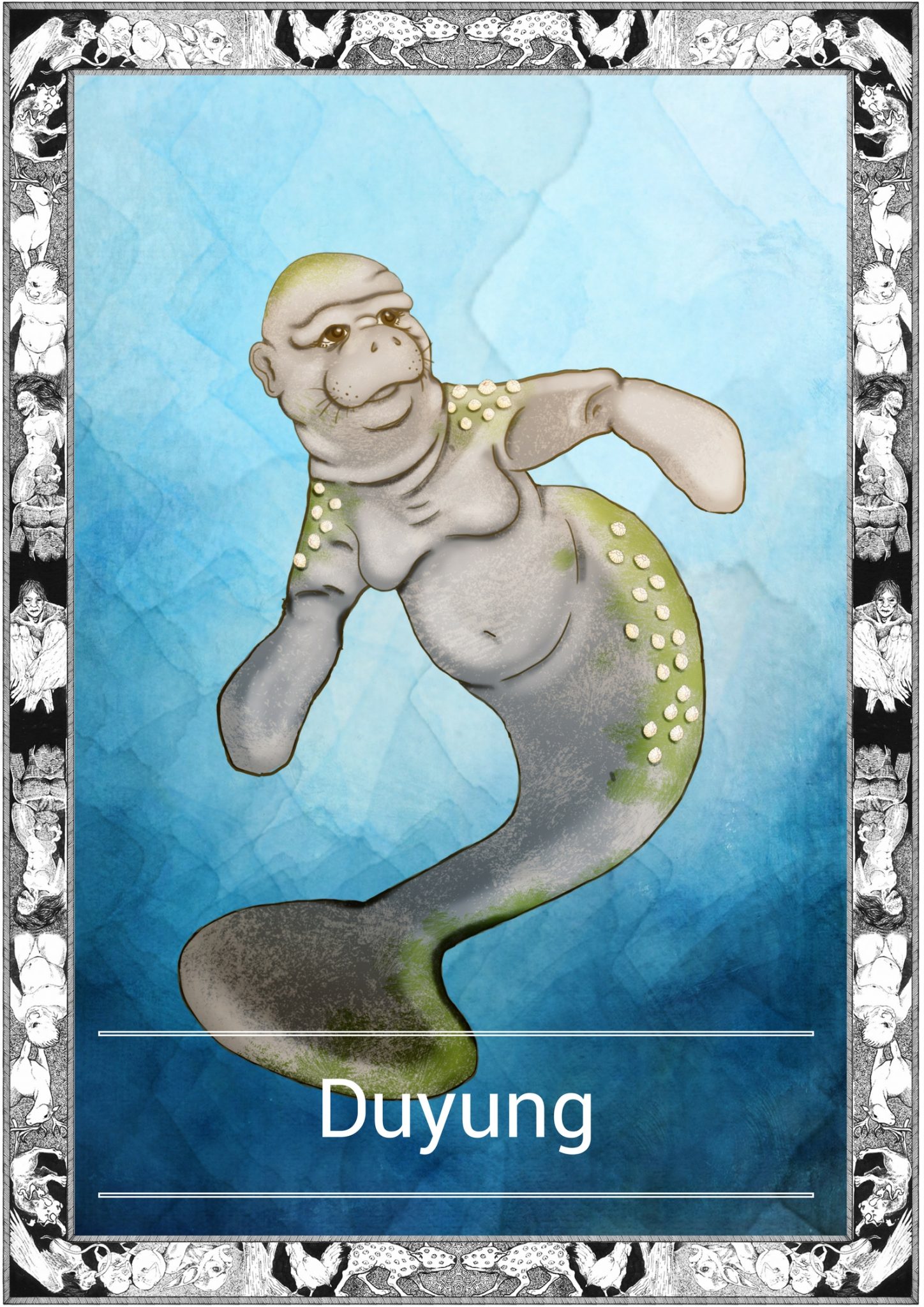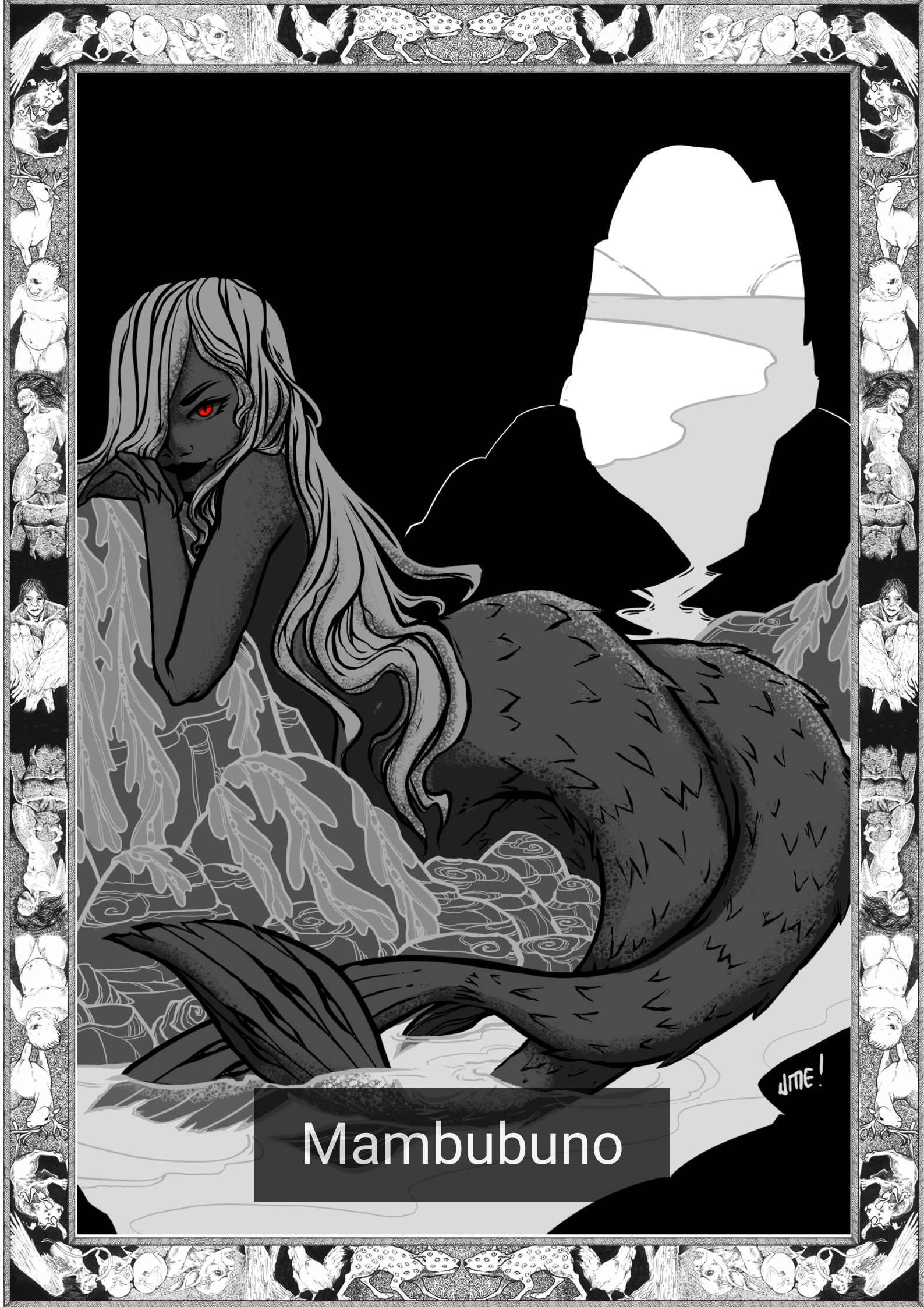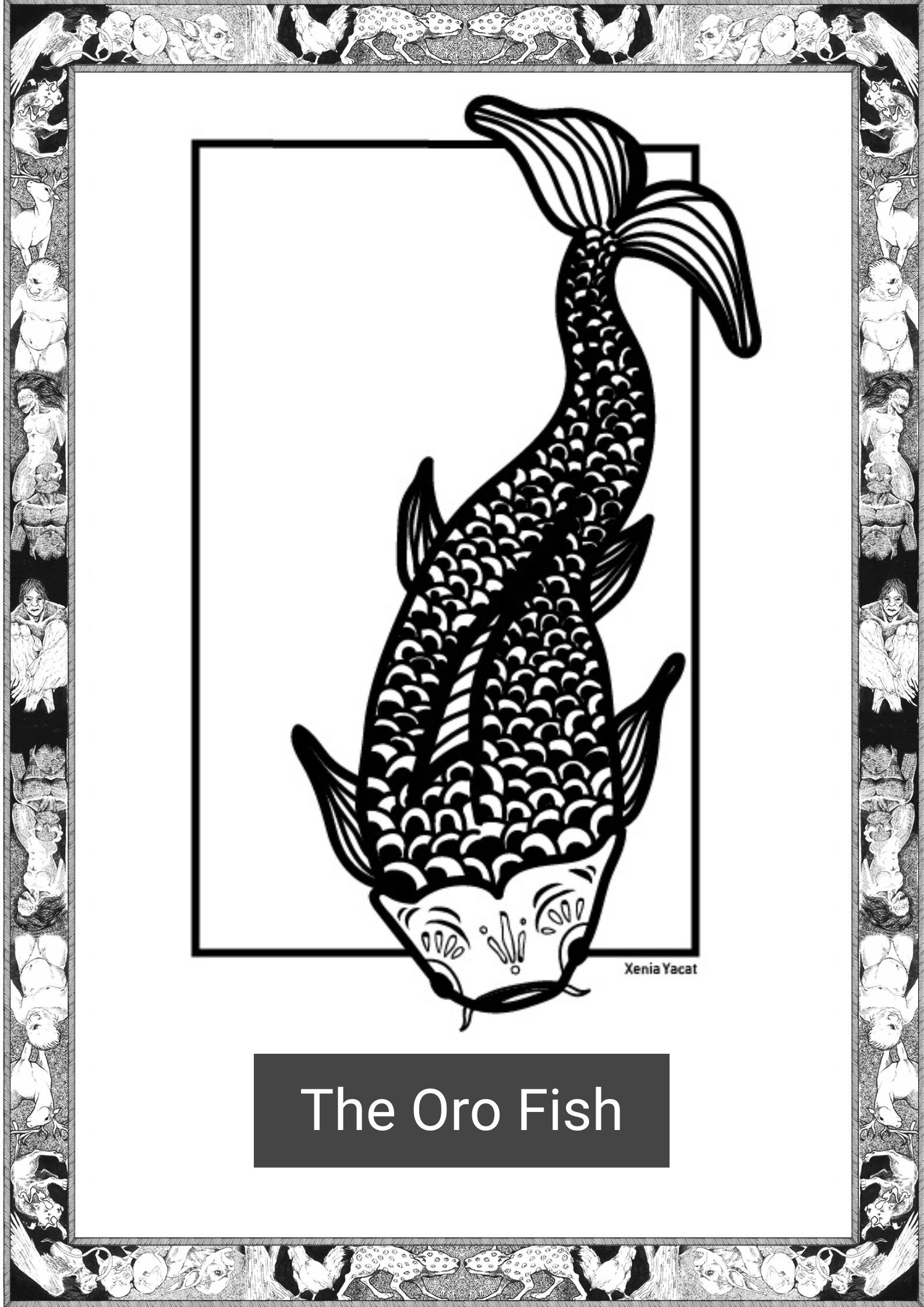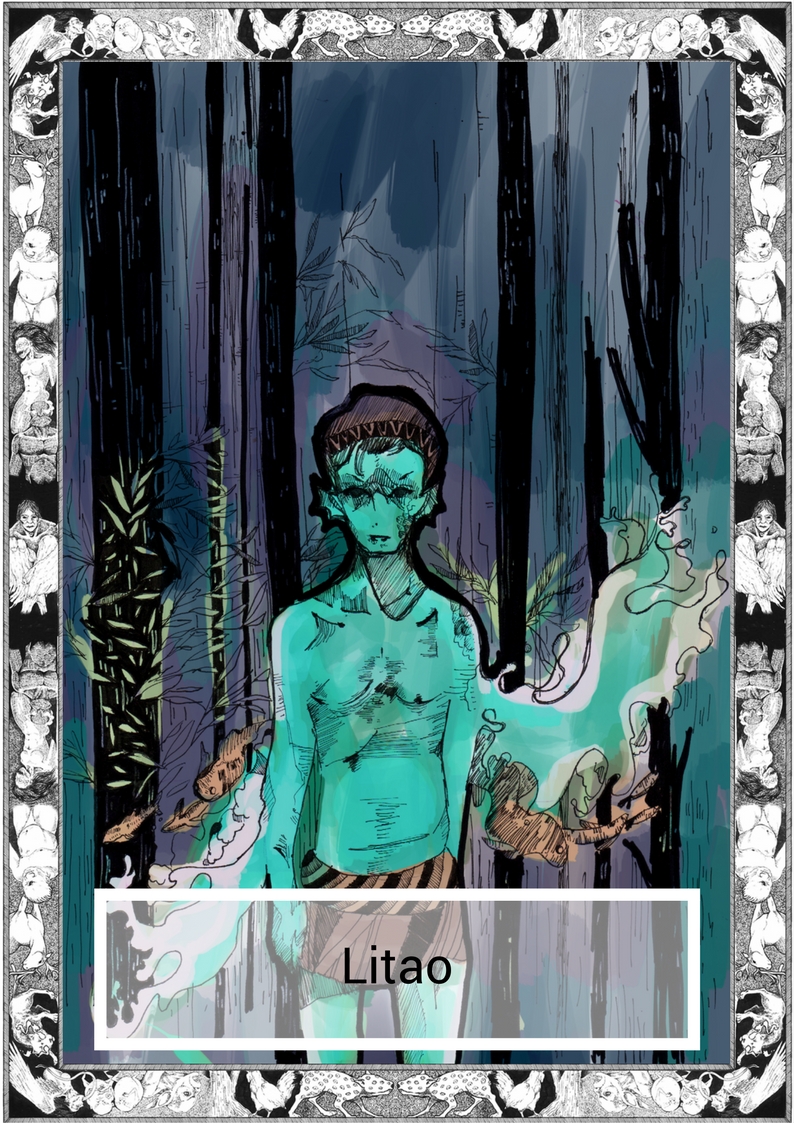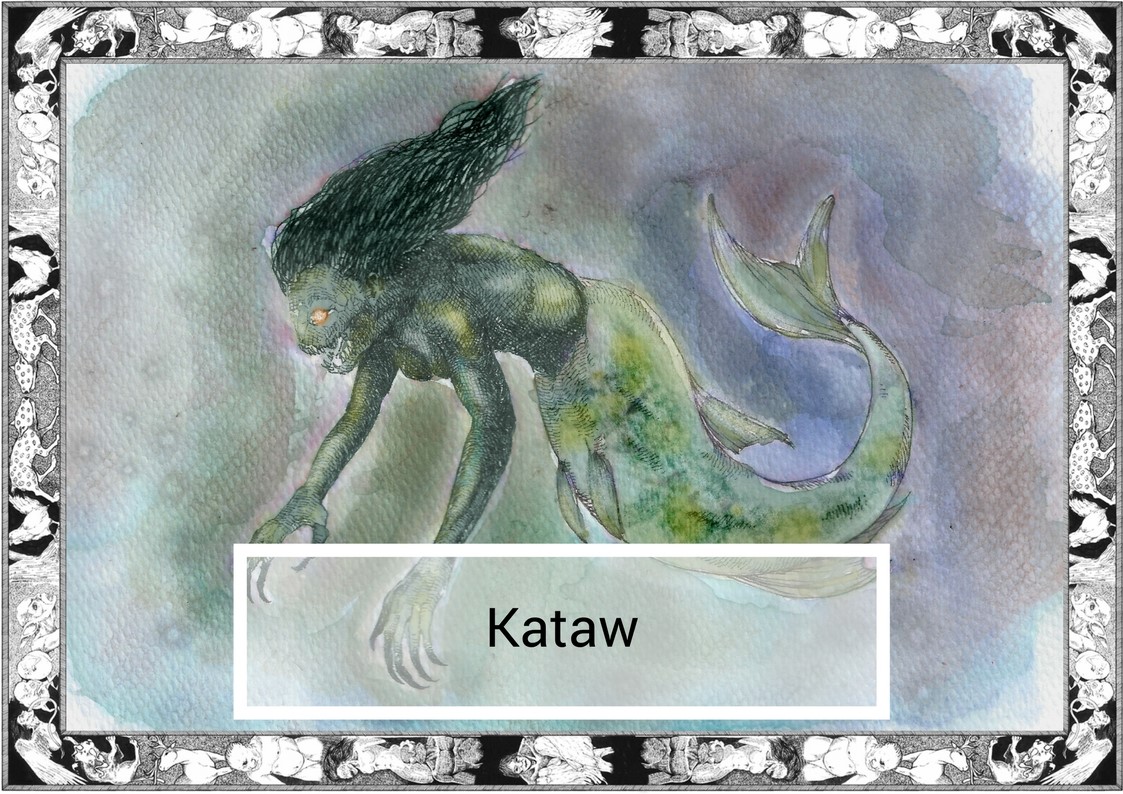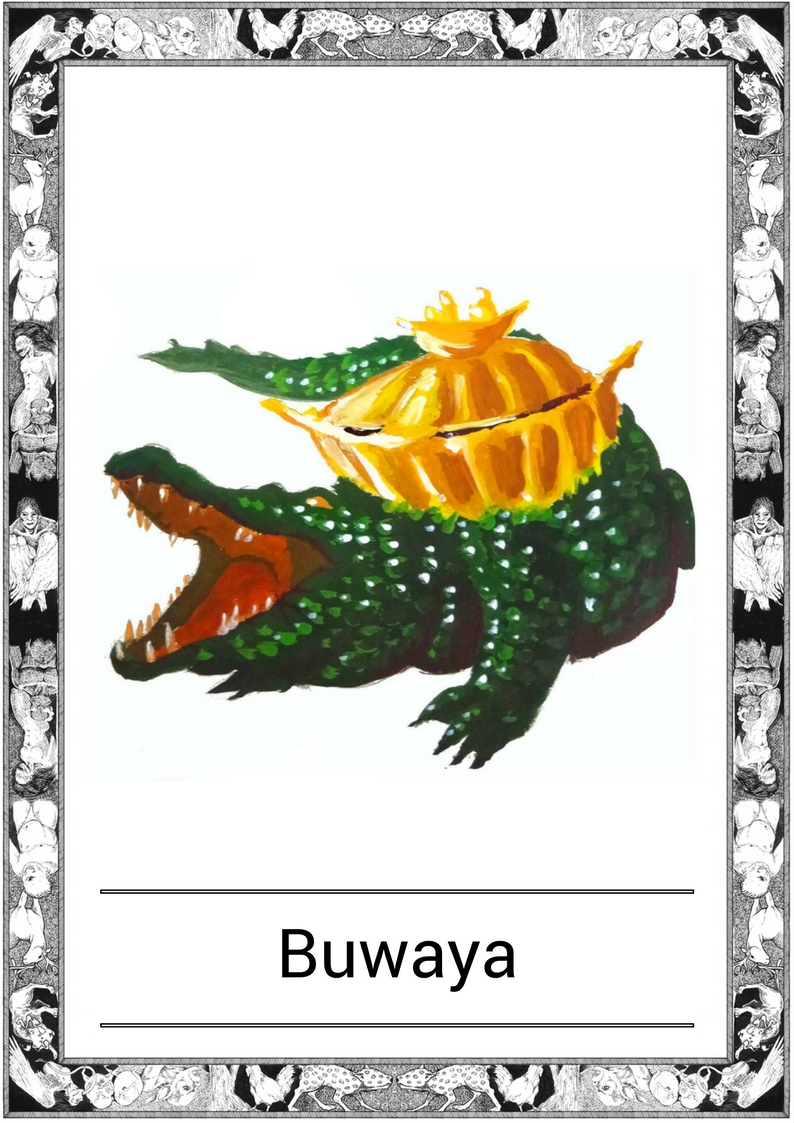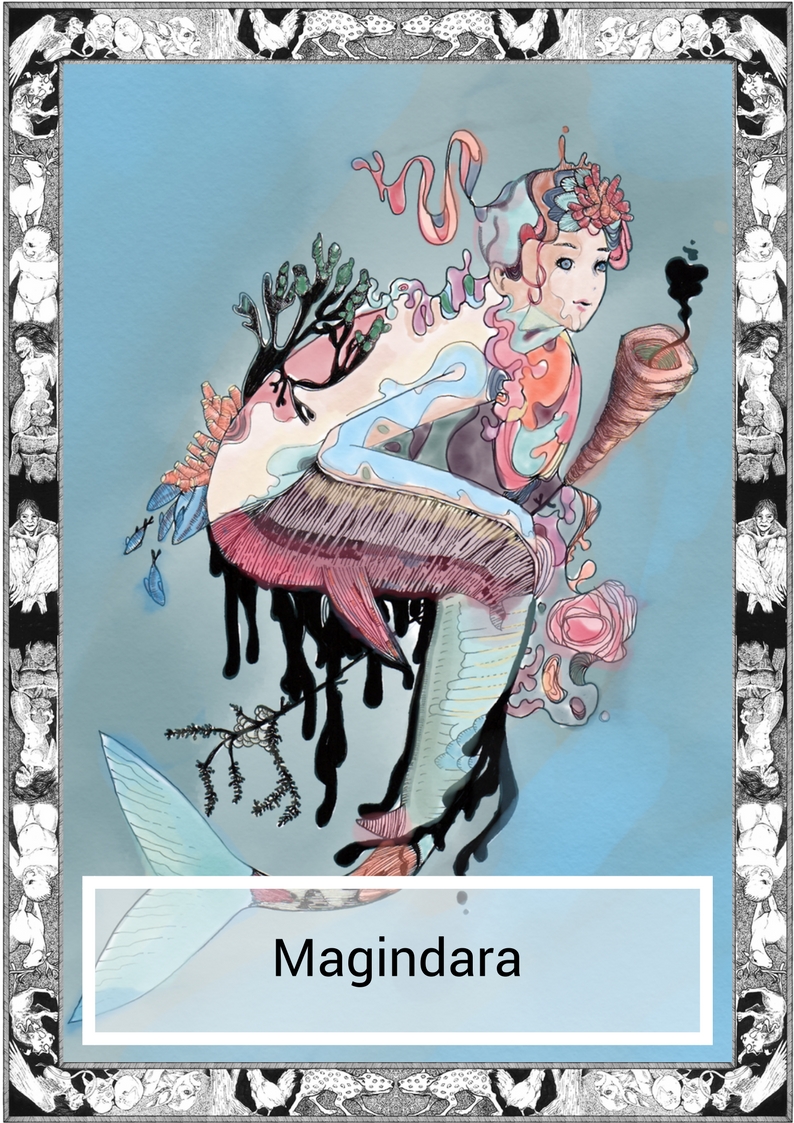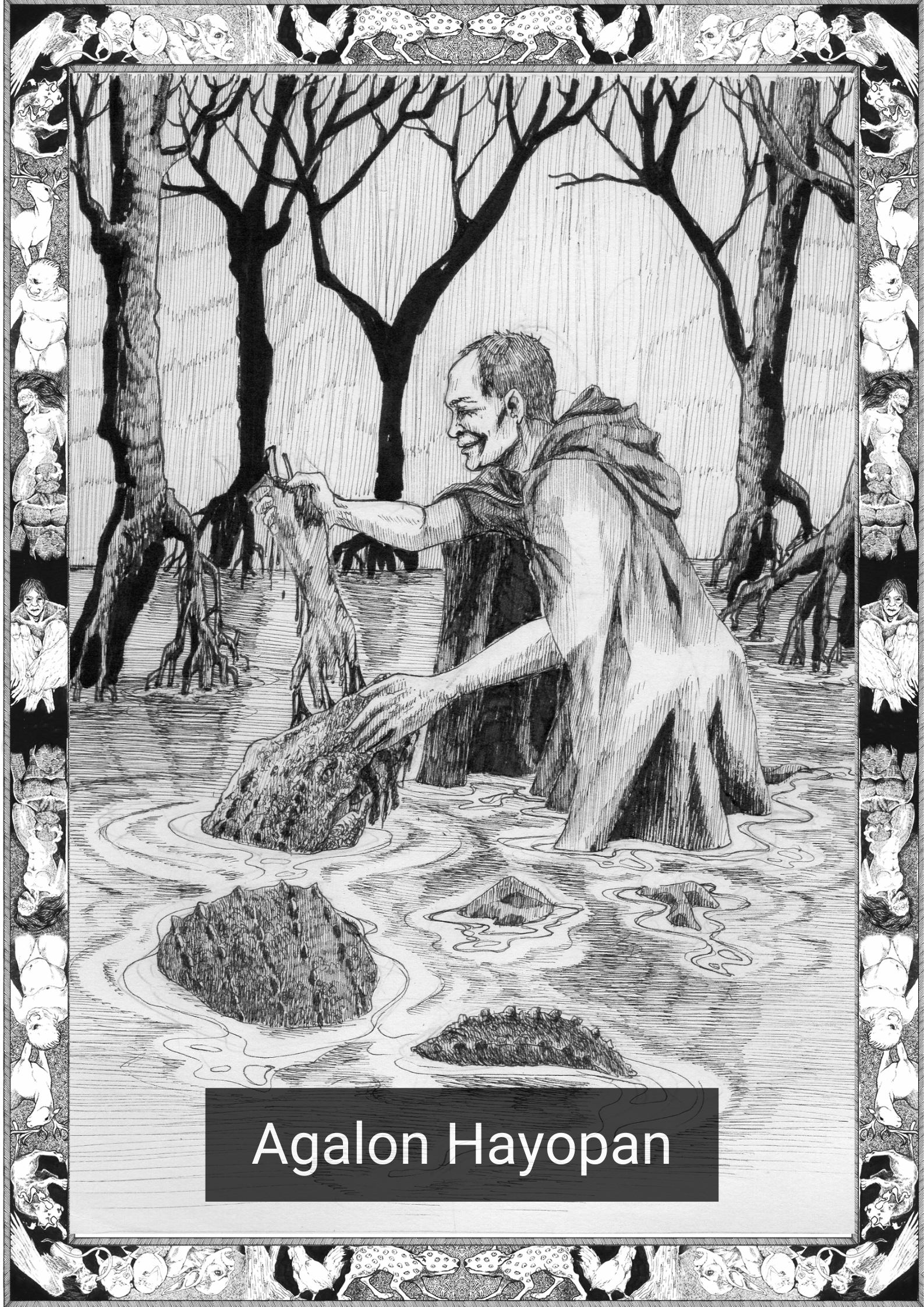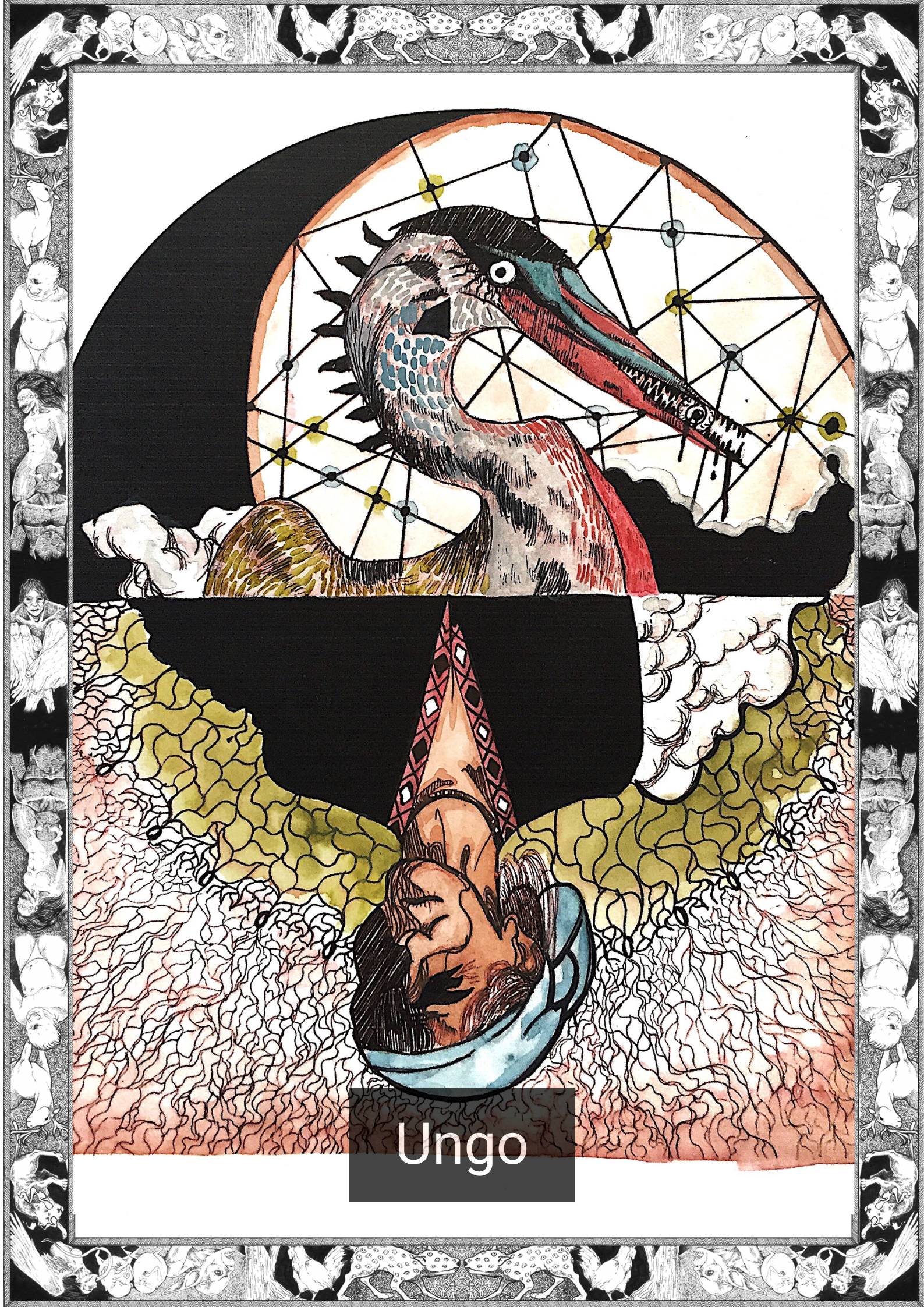
*Note this story is in Cebuano
Ang mga ulat ug mga bun-og sa bukton sa babaye nagpamatuod sa iyang gipuy-an na kinabuhi. Wala siya nasayud nganong ang kapalaran gitagaan siya’g salbahis na bana na dili man gani kamao muhatag sa iyang mga panginahanglan lakip sa ilang anak, apan siya nakadesisyon sa pagpaningkamot.
Kanunay siyang makakita ug kalinaw sa dagat. Sa baybayon na adunay dako na bato ug adto niya dal-on ang iyang masuso kada-human siya bun-ogun sa iyang bana. Didto ang iyang mga luha mukuyog sa dagat na gahatag kaniya ug linaw, kutob kanus-a.
Aduna siya’y obligasyon isip asawa, usa ka obligasyon sa tawo na sugarol ug palahubog, apan obligasyon gihapon nga angay buhaton. Ang babaye gidawat ang iyang kapalaran, apan ang mga ulat ug mga bun-og nagahatag kaniya’g kabug-at.
Usa ka gabie, ang subra kinahanglan na nga putlon. Para masalbar ang iyang kinabuhi ug sa iyang anak, nidagan siya sa baybayon ug niadto sa dakong bato ug nagbakho. Nagbakho siya sa iyang kapalaran ug sa dagat. Nagbakho siya sa iyang kinabuhi ug sa iyang mga ulat. Ug mas nagbakho siya para sa iyang anak, sa kaugmaon na gapaabot sa iyang masuso.
Nagbakho siya hangtud nga dihay nakadungog.
Sa ilalom sa mga balod, ang mga bakho sa babaye gidala ug niabot sa dunggan sa bathala sa dagat. Wala pa siya nadungog ug sama ka subo ug kasakit atong mga bakho ug tungod niato nalooy siya sa babaye ug sa iyang anak.
Gikan sa kinailadman sa dagat, ang bathala sa dagat nilugwa ug giatubang ang babaye. Ang babaye iyang gipapili, magpabilin sa yuta o mukuyog kaniya sa ilalom sa mga balod kung asa mawala ang iyang mga kaguol.
Wala siya’y laing kapilian. Diha-diha dayun nitangdo ang babaye ug ang bathala sa dagat gihimo ang babaye ug ang masuso na mga nilalang sa dagat.
Nikuyog ang babaye sa dagat na nakakita didto sa kalinaw, na gigakus sa mamumuno niini na hangtud sa hangtud magkahiusa sa mga balod sa dagat, hangtud sa katapusan sa panahon.
—————————————————————————–
English Version
The bruises on the woman’s arms were a testament to the life that she led. She did not know why fate had chosen to give her a cruel husband that would not even provide for the needs of her and her child, but she had decided to persevere.
She had always found peace in the beach. By the shore there was a big rock where she would bring her baby after each beating her husband gave. There her tears would join the ocean. There was nowhere else she could run, but the sea afforded her some measure of comfort, for however long that would last.
She had her duty as a wife, a duty to a man who was a gambler and a drunkard, but a duty nonetheless. The woman accepted her fate, but the scars were taking their toll.
One night, too much was enough. To save her life and the life of her child the woman fled to the beach and went by the large rock and cried. She cried to the fates and the oceans. She cried about her life and her scars. But mostly, she cried for her child, for what future would await the poor baby.
She cried until she was heard.
Far beneath the sea, the woman’s cries were carried by the waves to the ears of the god of the sea. He had never heard such a tale of sadness and woe and decided to take pity on the woman and her child.
From the depths of the oceans the god of the sea emerged and faced the woman. He gave her a choice, to stay on land or to go with him, underneath the waves where the woman’s sadness would vanish.
There was no choice to be made. Immediately the woman nodded and the god of the sea transformed the woman and her baby into creatures of the sea.
So it came to pass that the woman who found solace in the sea, was embraced by its ruler, forevermore to be one with the waves and the sea foam, until the end of time.
——————————————————————————-
*The Cebuano language, alternatively called Cebuan and also often colloquially albeit informally referred to by most of its speakers simply as Bisaya (“Visayan”, not to be confused with other Visayan languages nor Brunei Bisaya language), is an Austronesian regional language spoken in the Philippines by about 21 million people, mostly in Central Visayas, western parts of Eastern Visayas and most parts of Mindanao, most of whom belong to various Visayan ethnolingusitic groups, mainly the Cebuanos. It is the by far the most widely spoken of the Visayan languages, which are in turn part of wider the Philippine languages. The reference to the language as Bisaya is not encouraged anymore by linguists due to the many languages within the Visayan language group that may be confused with the term. The Komisyon ng Wikang Filipino, the official regulating body of Philippine languages, spells the name of the language as Sebwano.
Written by Karl Gaverza
Cebuano Translation by Dr. Riza Reyna A. Gil
Copyright © Karl Gaverza
Translation Copyright © Dr. Riza Reyna A. Gil
Inspired by “The Origin of the Duyong.” in Philippine Folk Literature: The Legends. Eugenio. 2002.
Duyung illustration by Seika Mitsuya
https://www.instagram.com/seikart/
